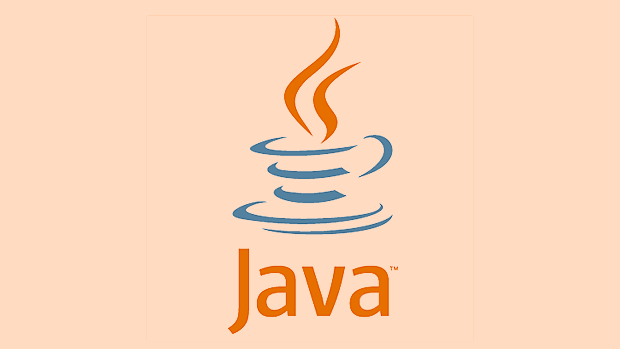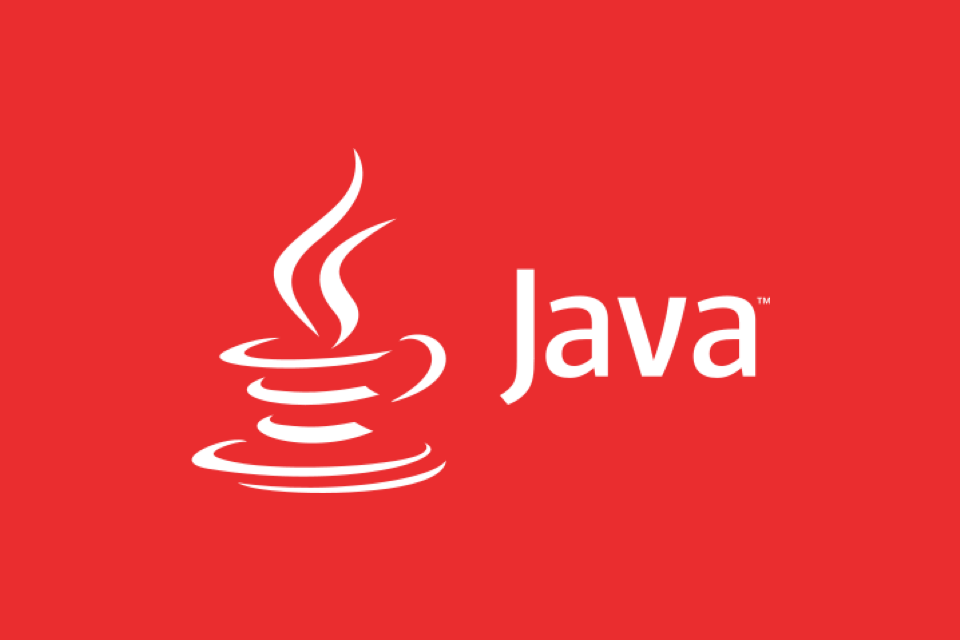Use connection pools, PreparedStatement and batching, shutting down resources, adjusting transaction boundaries, and isolation levels to optimize JDBC performance. 1. Use connection pools (such as HikariCP) to reduce the overhead of frequently creating connections; 2. Use PreparedStatement to prevent SQL injection and improve execution efficiency, and improve batch operation throughput in combination with batch processing; 3. Use try-with-resources to ensure that resources are automatically shut down to avoid memory leaks; 4. Adjust transaction boundaries, close auto-commit and commit uniformly, and select the appropriate transaction isolation level according to the business to reduce lock competition.

Slow database operations and high resource usage are problems that many Java developers often encounter when using JDBC. In fact, most of these problems can be improved by optimizing several key links.

Use connection pools to reduce connection overhead
Frequently opening and closing database connections is time-consuming. Directly using DriverManager.getConnection() to create a new connection every time, which not only affects performance, but may also cause resource leakage.
Connection pooling technologies are recommended, such as HikariCP, Apache DBCP, or C3P0. These tools maintain a connection pool, reuse existing connections, significantly improving response speed.

Taking HikariCP as an example, the configuration is very simple:
- Add dependencies (such as Maven)
- Initialize HikariConfig and set JDBC URL, username, password, etc.
- Create and get the connection from the HikariDataSource instance
In this way, every call to dataSource.getConnection() is used to take out the free connection from the pool, which is much more efficient.

Use PreparedStatement and batch processing rationally
Many people are accustomed to using string stitching SQL to execute queries, which not only easily causes SQL injection problems, but also affects performance.
There are two benefits to using PreparedStatement :
- Can prevent SQL injection
- If SQL with the same structure is executed multiple times, the database can reuse compiled statements to improve efficiency
In addition, when you need to insert or update a large amount of data, do not execute it one by one, but use the batch insert/update function:
PreparedStatement ps = connection.prepareStatement("INSERT INTO users (name, email) VALUES (?, ?)");
for (User user : users) {
ps.setString(1, user.getName());
ps.setString(2, user.getEmail());
ps.addBatch();
}
ps.executeBatch();This can greatly reduce the number of network round trips and improve throughput.
Be safe to close resources to avoid memory leaks
After the JDBC operation is complete, be sure to close all resources: ResultSet, Statement, and Connection. Otherwise, the connection may be leaked and eventually the database connection will be exhausted.
It is recommended to use try-with-resources (Java 7) to automatically close resources:
try (Connection conn = dataSource.getConnection();
PreparedStatement ps = conn.prepareStatement("SELECT * FROM users");
ResultSet rs = ps.executeQuery()) {
while (rs.next()) {
// Processing results}
}This way, even if an exception occurs, it can ensure that the resource is released correctly.
Also note that if you manage resources manually, don't just turn off the outer connection and just do it. Some Statements or ResultSets may still occupy resources if they are not closed.
Adjust transaction boundaries and isolation levels appropriately
By default, JDBC is in auto-commit mode, which means that each statement is an independent transaction. This pattern is suitable for simple operations, but can lead to performance degradation in batch modification or multi-step business logic.
You can close auto-commit before the operation and submit it uniformly:
connection.setAutoCommit(false); // Perform multiple operations connection.commit(); // or rollback()
At the same time, select the appropriate transaction isolation level according to business needs to avoid unnecessary lock competition or read and write blocking.
For example, the scenario where more reads and less writes can be set to READ_COMMITTED , while the amount changes should be more stringent, and REPEATABLE_READ or SERIALIZABLE should be used.
Basically these common but easily overlooked points. If these details are done well, JDBC's performance and stability will be significantly improved.
The above is the detailed content of Optimizing Java JDBC Database Interactions. For more information, please follow other related articles on the PHP Chinese website!

Hot AI Tools

Undress AI Tool
Undress images for free

Undresser.AI Undress
AI-powered app for creating realistic nude photos

AI Clothes Remover
Online AI tool for removing clothes from photos.

Clothoff.io
AI clothes remover

Video Face Swap
Swap faces in any video effortlessly with our completely free AI face swap tool!

Hot Article

Hot Tools

Notepad++7.3.1
Easy-to-use and free code editor

SublimeText3 Chinese version
Chinese version, very easy to use

Zend Studio 13.0.1
Powerful PHP integrated development environment

Dreamweaver CS6
Visual web development tools

SublimeText3 Mac version
God-level code editing software (SublimeText3)
 Asynchronous Programming Techniques in Modern Java
Jul 07, 2025 am 02:24 AM
Asynchronous Programming Techniques in Modern Java
Jul 07, 2025 am 02:24 AM
Java supports asynchronous programming including the use of CompletableFuture, responsive streams (such as ProjectReactor), and virtual threads in Java19. 1.CompletableFuture improves code readability and maintenance through chain calls, and supports task orchestration and exception handling; 2. ProjectReactor provides Mono and Flux types to implement responsive programming, with backpressure mechanism and rich operators; 3. Virtual threads reduce concurrency costs, are suitable for I/O-intensive tasks, and are lighter and easier to expand than traditional platform threads. Each method has applicable scenarios, and appropriate tools should be selected according to your needs and mixed models should be avoided to maintain simplicity
 Best Practices for Using Enums in Java
Jul 07, 2025 am 02:35 AM
Best Practices for Using Enums in Java
Jul 07, 2025 am 02:35 AM
In Java, enums are suitable for representing fixed constant sets. Best practices include: 1. Use enum to represent fixed state or options to improve type safety and readability; 2. Add properties and methods to enums to enhance flexibility, such as defining fields, constructors, helper methods, etc.; 3. Use EnumMap and EnumSet to improve performance and type safety because they are more efficient based on arrays; 4. Avoid abuse of enums, such as dynamic values, frequent changes or complex logic scenarios, which should be replaced by other methods. Correct use of enum can improve code quality and reduce errors, but you need to pay attention to its applicable boundaries.
 Understanding Java NIO and Its Advantages
Jul 08, 2025 am 02:55 AM
Understanding Java NIO and Its Advantages
Jul 08, 2025 am 02:55 AM
JavaNIO is a new IOAPI introduced by Java 1.4. 1) is aimed at buffers and channels, 2) contains Buffer, Channel and Selector core components, 3) supports non-blocking mode, and 4) handles concurrent connections more efficiently than traditional IO. Its advantages are reflected in: 1) Non-blocking IO reduces thread overhead, 2) Buffer improves data transmission efficiency, 3) Selector realizes multiplexing, and 4) Memory mapping speeds up file reading and writing. Note when using: 1) The flip/clear operation of the Buffer is easy to be confused, 2) Incomplete data needs to be processed manually without blocking, 3) Selector registration must be canceled in time, 4) NIO is not suitable for all scenarios.
 How Java ClassLoaders Work Internally
Jul 06, 2025 am 02:53 AM
How Java ClassLoaders Work Internally
Jul 06, 2025 am 02:53 AM
Java's class loading mechanism is implemented through ClassLoader, and its core workflow is divided into three stages: loading, linking and initialization. During the loading phase, ClassLoader dynamically reads the bytecode of the class and creates Class objects; links include verifying the correctness of the class, allocating memory to static variables, and parsing symbol references; initialization performs static code blocks and static variable assignments. Class loading adopts the parent delegation model, and prioritizes the parent class loader to find classes, and try Bootstrap, Extension, and ApplicationClassLoader in turn to ensure that the core class library is safe and avoids duplicate loading. Developers can customize ClassLoader, such as URLClassL
 Handling Common Java Exceptions Effectively
Jul 05, 2025 am 02:35 AM
Handling Common Java Exceptions Effectively
Jul 05, 2025 am 02:35 AM
The key to Java exception handling is to distinguish between checked and unchecked exceptions and use try-catch, finally and logging reasonably. 1. Checked exceptions such as IOException need to be forced to handle, which is suitable for expected external problems; 2. Unchecked exceptions such as NullPointerException are usually caused by program logic errors and are runtime errors; 3. When catching exceptions, they should be specific and clear to avoid general capture of Exception; 4. It is recommended to use try-with-resources to automatically close resources to reduce manual cleaning of code; 5. In exception handling, detailed information should be recorded in combination with log frameworks to facilitate later
 How does a HashMap work internally in Java?
Jul 15, 2025 am 03:10 AM
How does a HashMap work internally in Java?
Jul 15, 2025 am 03:10 AM
HashMap implements key-value pair storage through hash tables in Java, and its core lies in quickly positioning data locations. 1. First use the hashCode() method of the key to generate a hash value and convert it into an array index through bit operations; 2. Different objects may generate the same hash value, resulting in conflicts. At this time, the node is mounted in the form of a linked list. After JDK8, the linked list is too long (default length 8) and it will be converted to a red and black tree to improve efficiency; 3. When using a custom class as a key, the equals() and hashCode() methods must be rewritten; 4. HashMap dynamically expands capacity. When the number of elements exceeds the capacity and multiplies by the load factor (default 0.75), expand and rehash; 5. HashMap is not thread-safe, and Concu should be used in multithreaded
 Explained: Java Polymorphism in Object-Oriented Programming
Jul 05, 2025 am 02:52 AM
Explained: Java Polymorphism in Object-Oriented Programming
Jul 05, 2025 am 02:52 AM
Polymorphism is one of the core features of Java object-oriented programming. Its core lies in "one interface, multiple implementations". It implements a unified interface to handle the behavior of different objects through inheritance, method rewriting and upward transformation. 1. Polymorphism allows the parent class to refer to subclass objects, and the corresponding methods are called according to the actual object during runtime; 2. The implementation needs to meet the three conditions of inheritance relationship, method rewriting and upward transformation; 3. It is often used to uniformly handle different subclass objects, collection storage and framework design; 4. When used, only the methods defined by the parent class can be called. New methods added to subclasses need to be transformed downward and accessed, and pay attention to type safety.
 Effective Use of Java Enums and Best Practices
Jul 07, 2025 am 02:43 AM
Effective Use of Java Enums and Best Practices
Jul 07, 2025 am 02:43 AM
Java enumerations not only represent constants, but can also encapsulate behavior, carry data, and implement interfaces. 1. Enumeration is a class used to define fixed instances, such as week and state, which is safer than strings or integers; 2. It can carry data and methods, such as passing values ??through constructors and providing access methods; 3. It can use switch to handle different logics, with clear structure; 4. It can implement interfaces or abstract methods to make differentiated behaviors of different enumeration values; 5. Pay attention to avoid abuse, hard-code comparison, dependence on ordinal values, and reasonably naming and serialization.






